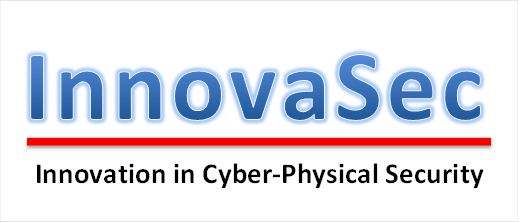
|
Port information sharingOur clientThe work was funded by the European Commission on behalf of stakeholders in maritime ports across Europe. The problemPorts across Europe are subject to a range of disruptions to their legitimate business that range from petty crime through to international incidents. Information gained from one port is usually exploited within that port but few mechanisms exist for sharing it with the wider community. EPSIEN was created to understand the issues around sharing of information, to investigate if any off-the-shelf solutions could be used to support increased information exchange and, failing that, what would be the characteristics of a system architecture that would meet this need. How we helpedInnovaSec was the technical authority on the project. The project initially thought that the work would involve balancing a data repository with a variety of push mechanisms to pass on more urgent notifications. Some of this information was thought likely to be protectively marked and a multi-level secure implementation was envisaged. Even single ports have long been recognised as highly complex multi-stakeholder environments. As the project unfolded, it became apparent that not only do they contain private sector bodies and public sector organisations with constraints on what they can and will share, but national legislation between different member states places additional constraints on what is legal to share in country and across national borders. The legal and operational constraints place an additional information management layer on the exchange of information and this was investigated and categorised. OutcomeThe project provided
The report was also available to provide supporting evidence towards achieving a more uniform approach to harmonising national legislation, whether by directive or by regulation. |
